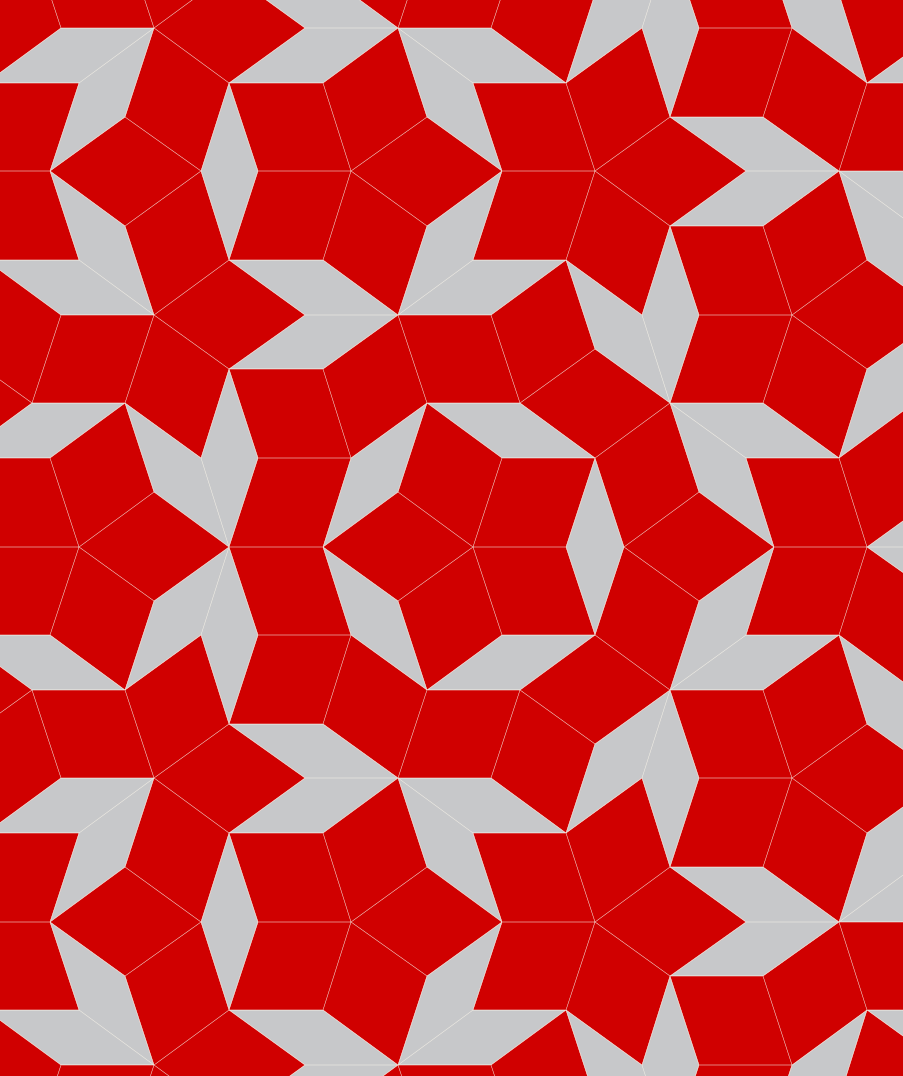There are three variables: the length \(l\text{,}\) width \(w\text{,}\) and height \(h\) of the crate. The optimization is constrained by the requirement that the volume be 45 cubic feet, so we set
\begin{equation}
g(l,w,h) = lwh = 45.\tag{2.7.5}
\end{equation}
We are trying to minimize cost, which is a weighted sum of the areas of the six sides of the crate:
\begin{equation*}
f(l,w,h) = 2lw + 3lw + 2 \cdot 1.5 \cdot wh + 2 \cdot 1.5 \cdot lh.
\end{equation*}
(The first term
\begin{equation*}
2lw
\end{equation*}
measures the cost of the top, the term
\begin{equation*}
3lw
\end{equation*}
measures the cost of the bottom, and the remaining two terms measure the cost of the two
\begin{equation*}
w \times h
\end{equation*}
sides and the two
\begin{equation*}
l \times h
\end{equation*}
sides.)
Next we take gradients:
\begin{align*}
\nabla f \amp = \langle f_l, f_w, f_h \rangle = \langle 5w + 3h, 5l + 3h, 3w + 3l \rangle\\
\nabla g \amp = \langle g_l, g_w, g_h \rangle = \langle wh, lh, lw \rangle
\end{align*}
Simplifying the equation \(\nabla f = \lambda \nabla g\) gives the following three equations.
\begin{align*}
5w + 3h \amp = \lambda wh \\
5l + 3h \amp = \lambda lh\\
3w + 3l \amp = \lambda lw
\end{align*}
Next solve this system for \(w\text{,}\) \(l\text{,}\) and \(h\) in terms of \(\lambda\text{.}\) After some tedious algebra, we arrive at the following.
\begin{equation*}
w = l = \frac{6}{\lambda}, \quad h = \frac{10}{\lambda}
\end{equation*}
Now we can plug these results into
(2.7.5) to obtain an equation that we can solve for
\(\lambda\text{.}\)
\begin{equation*}
\frac{6}{\lambda} \cdot \frac{6}{\lambda} \cdot \frac{10}{\lambda} = 45
\end{equation*}
Solving for \(\lambda\) gives \(\lambda = \sqrt[3]{360/45} = \sqrt[3]{8} = 2\text{.}\) Eliminating \(\lambda\text{,}\) we finally obtain our optimal dimensions:
\begin{equation*}
w = l = 3, \quad h = 5.
\end{equation*}

